Sea Turtles
Locate sea turtles’ habitats, feeding habits, reproduction, and the vital conservation efforts to protect these majestic marine animals.

(Kawkab Nadim)
(Engineer and Pets Owner)
I have a passion for animals and love taking care of pets. That’s why I also operate several blogs about pet and animal husbandry.
Have you ever wondered about where Sea Turtles inhabit? Sea turtles are marine reptiles that can be found in every corner of the world. They can grow well in different habitats, such as tropical and continental waters.
Despite having a wide range and diverse food diversity, Sea Turtle’s story is not without challenges. Coastal development, illegal practices, and the looming threat of plastic pollution affect their existence.
However, their habitats, feeding behaviors, migrations, reproduction, and the need for conservation efforts to secure their place in the vast, ever-changing expanse of our seas. Let’s learn more about them-
Where Do Sea Turtles Live?
Sea turtles inhabit various habitats depending on the kind. The nesting beach is very critical to their life cycle. The females return twice each season just so that they can lay eggs.
When green turtles are ready to lay eggs, they prefer seagrass areas. On the other hand, loggerheads and leatherbacks dwell preferably in the ocean coastal areas.
Nowadays, the hawksbills spend their time around coral reefs. Loggerheads travel through open waters while leatherbacks dive into cold deep parts.
Apart from nesting beaches, sea turtles also inhabit many different forms of marine ecosystems and serve important functions by keeping the system balanced.
How Many Types of Sea Turtles Exist?
There are seven recognizable types of Sea Turtles around the world. Let’s explore them briefly in the table below.
| Types | Description |
|---|---|
| 01. Green Turtle | A marine herbivore is distinguished by its greenish fat |
| 02. Loggerhead Turtle | Famous for its large head, this turtle inhabits coastal bays |
| 03. Leatherback Turtle | These turtles have a leathery shell and have the widest range of all sea turtles |
| 04. Hawksbill Turtle | This is a small turtle distinguished by its slender head and unique beak |
| 05. Olive Ridley Turtle | This species can be identified by its olive-green shell and is known to serve as a vital part of coastal ecosystems |
| 06. Kemp’s Ridley Turtle | They are relatively smaller and are known for their olive-gray body |
| 07. Flatback Turtle | It has a particular type of flat shell and almost no distribution in Australia, Papua New Guinea |
Interested in learning more about sea animals? Read our article covering important details about different types of ocean fishes, birds, turtles and including their care, nutrition and more!
What Do Sea Turtles Have in Their Menu?
The sea turtles have a variety of cuisines depending on their species. The diets of the Green Sea Turtles, who are herbivores specifically, keep the coasts intact because they feed on algae and seagrasses.
Loggerheads and Leatherbacks are predatory animals that eat crabs and jellyfish which ensure marine balance.
Spongivores Hawksbill Sea Turtles feed on sponges which are delightfully arranged among the colorful coral reefs. The Flatback Sea Turtle is a multi-faceted reptile; they enjoy sea cucumbers and also jellies, even more.
Likewise, carnivorous Olive Ridley and Kemp’s Ridley Sea Turtles enjoy an array of seafood to diversify the oceanic gastronomical puzzle.
The Leatherback Sea Turtles are gelatinivores with scissor-like jaws and inhabit a world full of jellyfish. Unfortunately, they risk death as they confuse the plastic with jellyfish.
Do Sea Turtles Migrate?
Yes. That’s the amazing part of sea turtles. They demonstrate astonishing migrations. For example, loggerheads born in Japan, travel an 8,000-mile transcontinental journey to California for feeding and maturing.
In contrast, leatherbacks travel an incredible 10,000 miles from Southeast Asia to the California coast.
Therefore, the journeys of sea turtle migrations are proof of their ability to survive with marine life.
How Do Sea Turtles Reproduce?
Sea turtle reproduction is a captivating process. The female sea turtles know their destiny lies on certain nesting beaches where they hatched. This outstanding homing behavior is particularly important for the persistence of the sea turtle populations.
When arriving at the nesting area, females carefully create nests in the sand and then leave their clutch of eggs. Several eggs may differ in the species, but the danger remains unchanged.
As soon as the eggs are laid, the female covers the brood and leaves it to hatch in a warm cocoon of sand. And threats to eggs include predators, temperature variations, and human influences.
What Are the Threats Sea Turtles Face?
There are harmful factors that threaten the sea turtle’s life. Coastal developments and pollution destroy their habitats. The reality is that illegal egg harvesting puts reproduction and population viability under direct threat.
Nesting sites are affected by climate change, such as higher temperatures and changes to sea level or unstable weather patterns.
Apart from those, plastic pollution is one of the most significant problems. Plastic debris is often confused with jellyfish by sea turtles, resulting in consumption and significant consequences.
In that regard, conservation is a priority because of these threats.
Frequently Asked Questions
Here is some information about Sea turtles that people look for.
01. How do sea turtles sleep?
Sea turtles can hold their breath for a long time. So, they sleep underwater in different positions holding their breath.
02. What is the greatest enemy of the sea turtle?
Predators like sharks are the greatest enemy of sea turtles. Specifically, Tiger sharks eat sea turtles.
03. How long can a Sea turtle live?
Sea turtles’ average lifespan is around 50-100 years.
To wrap up, sea turtles are amazing marine animals. They nest on certain beaches and feed in diverse marine habitats. While sea turtles are remarkably adaptive animals, they do have some challenges including damage to their habitats due to habitat destruction, illegal acts like egg harvesting, and the invasiveness of plastic pollution.
Conservation efforts are essential in protecting sea turtles. As a society, we are responsible for guarding their habitats and minimizing anthropogenic threats.
References
- https://www.britannica.com/animal/sea-turtle
- https://conserveturtles.org/information-about-sea-turtles-an-introduction/
- https://www.seeturtles.org/sea-turtle-facts
- https://www.nwf.org/Educational-Resources/Wildlife-Guide/Reptiles/Sea-Turtles
- https://www.noaa.gov/education/resource-collections/marine-life/sea-turtles
- https://www.worldwildlife.org/species/sea-turtle
- https://www.visitsealife.com/london/information/news/the-7-species-of-sea-turtle/
Our Sea Turtles
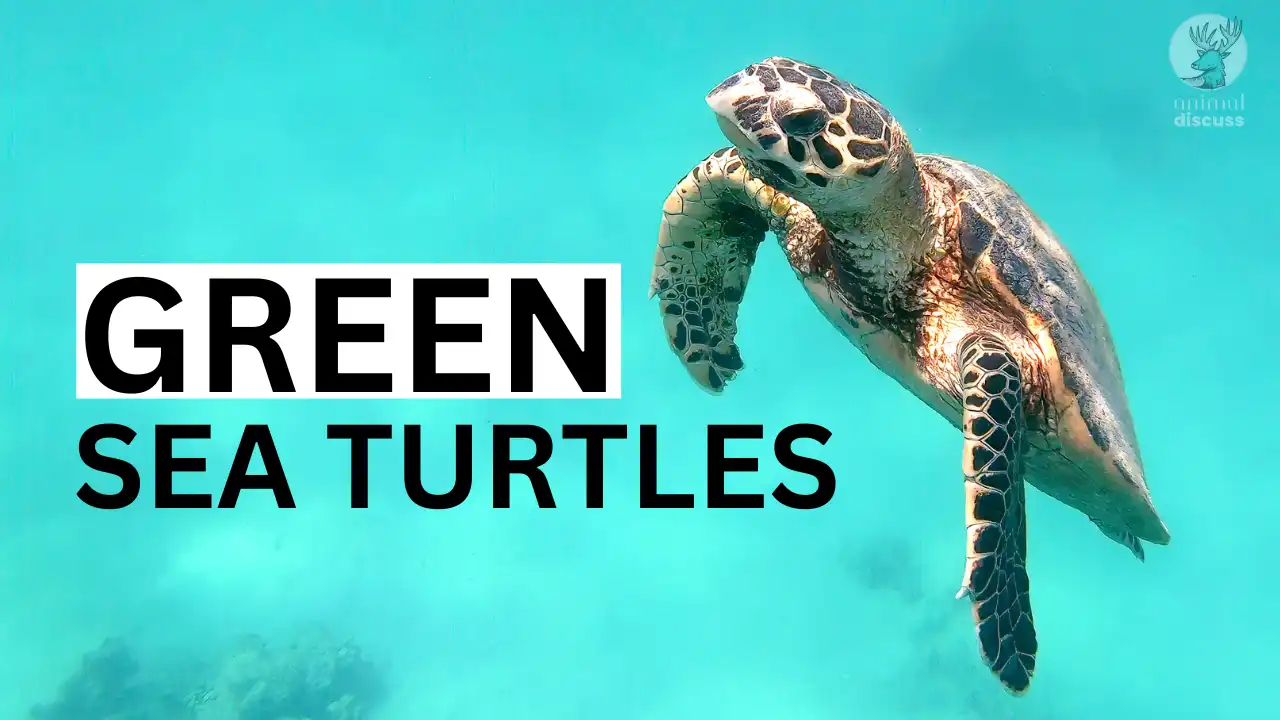
Green Sea Turtles
To learn more about Green sea turtles: characteristics, species, and more, dive with us into the details.
Full Article
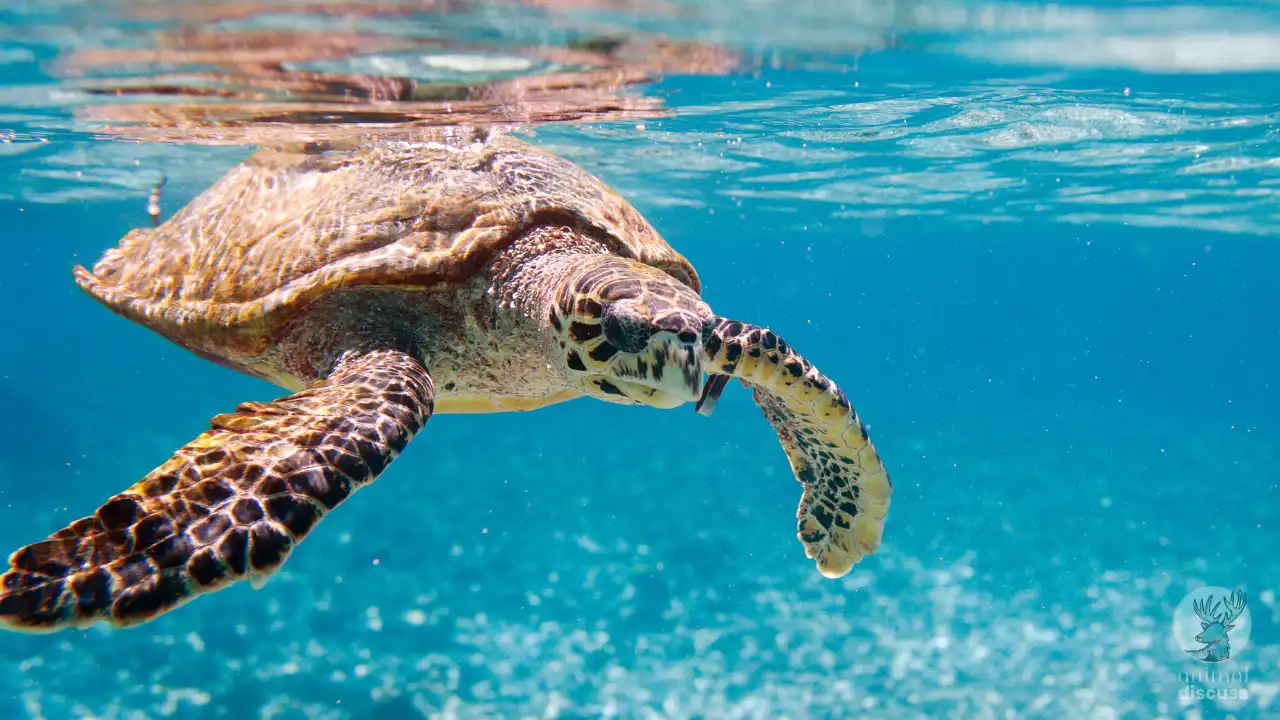
Hawksbill Sea Turtle
To learn more about hawksbill sea turtle: characteristics, species, and more, dive with us into the details.
Full Article
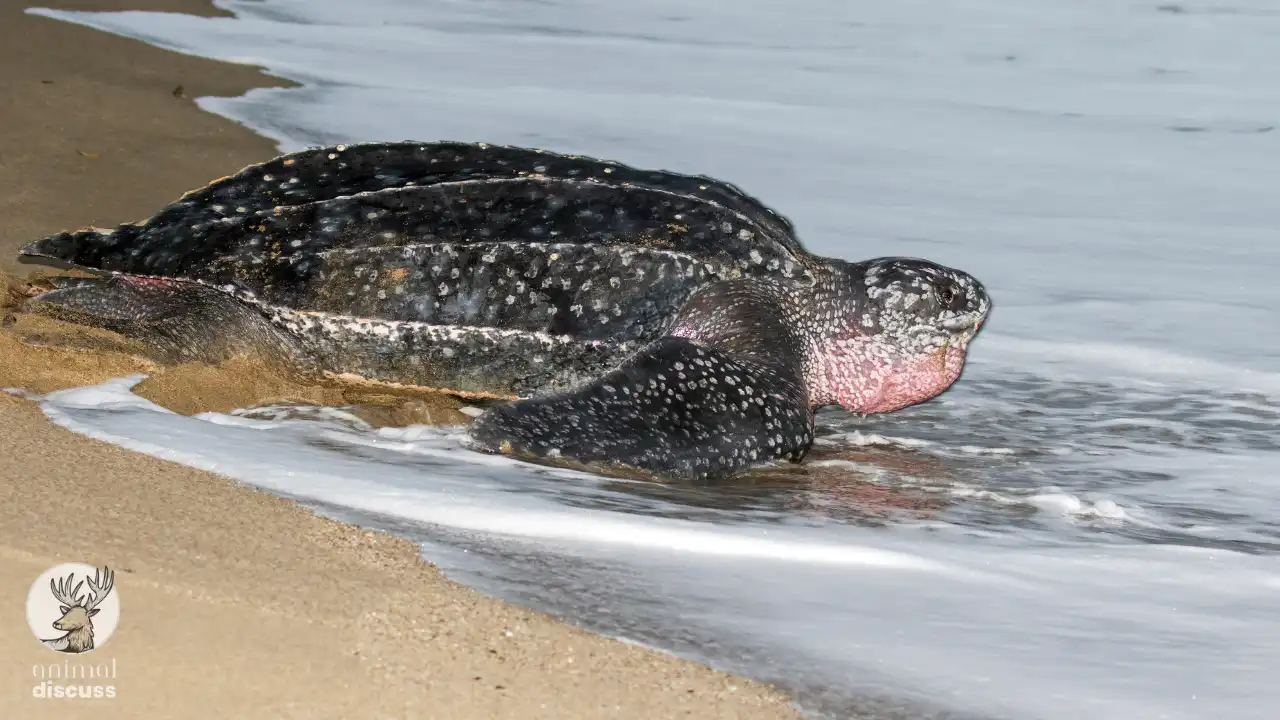
Leatherback Sea Turtle
To learn more about Leatherback Turtle: characteristics, species, and more, dive with us into the details.
Full Article
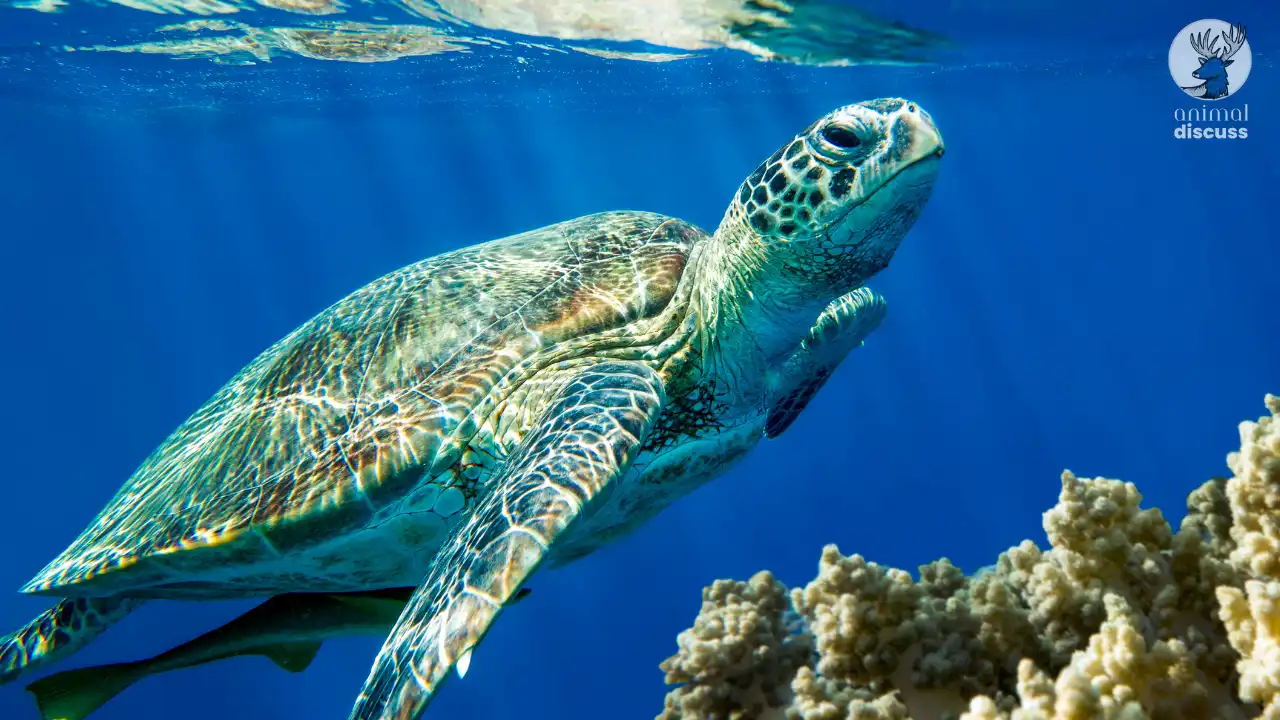
Loggerhead Sea Turtle
To learn more about Loggerhead Sea Turtle: characteristics, species, and more, dive with us into the details.
Full Article
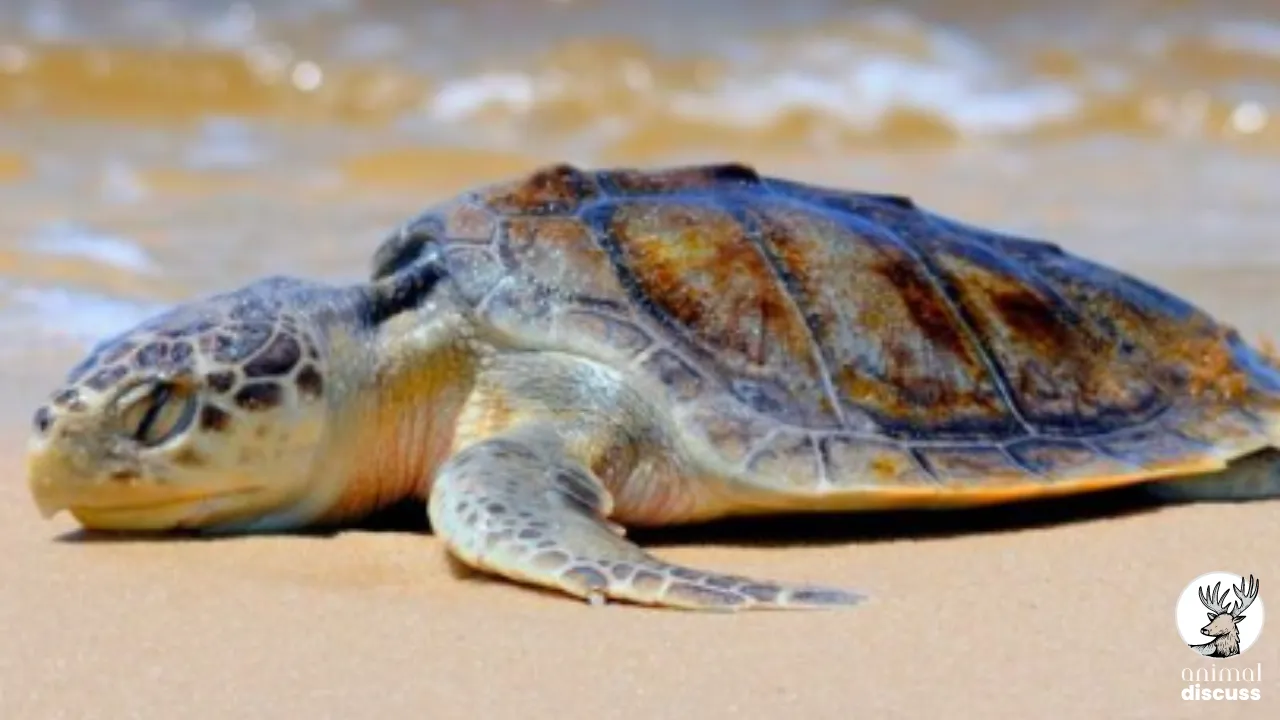
Kemp’s Ridley Sea Turtle
To learn more about Kemp’s Ridley Sea Turtle: characteristics, species, and more, dive with us into the details.
Full Article
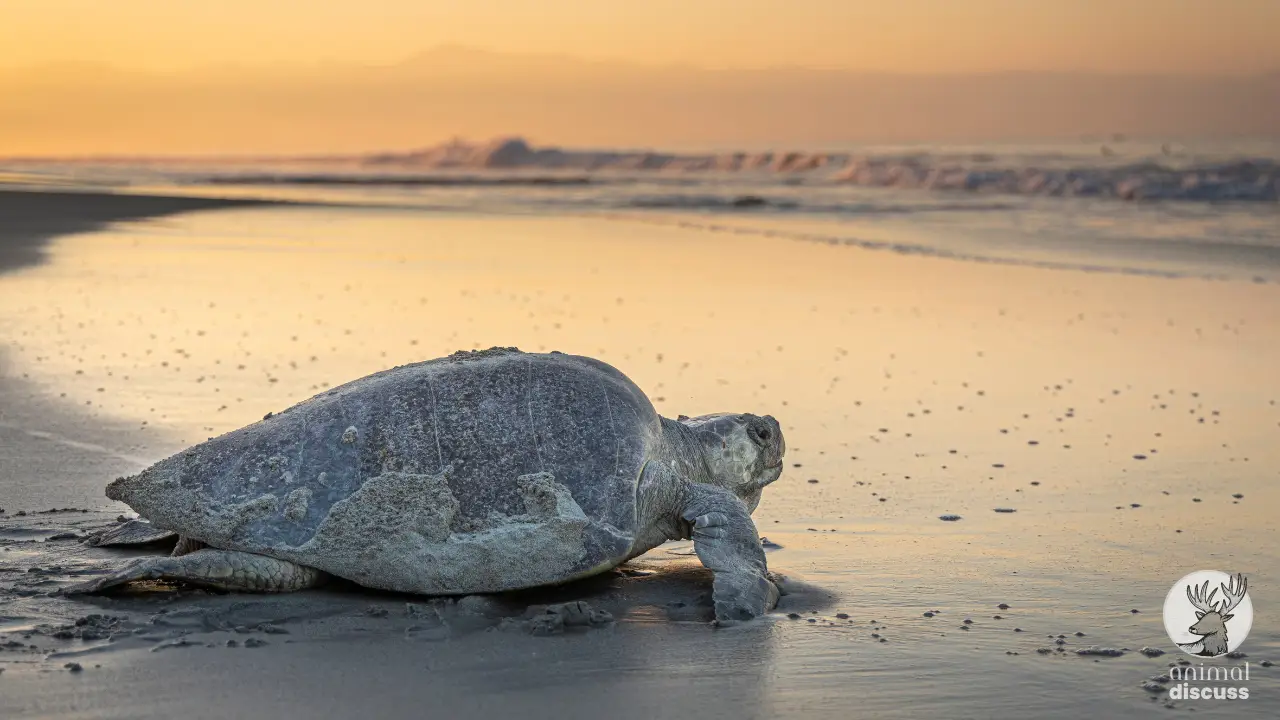
Olive Ridley Sea Turtle
To learn more about Olive Ridley Sea Turtle: characteristics, species, and more, dive with us into the details.
Full Article

